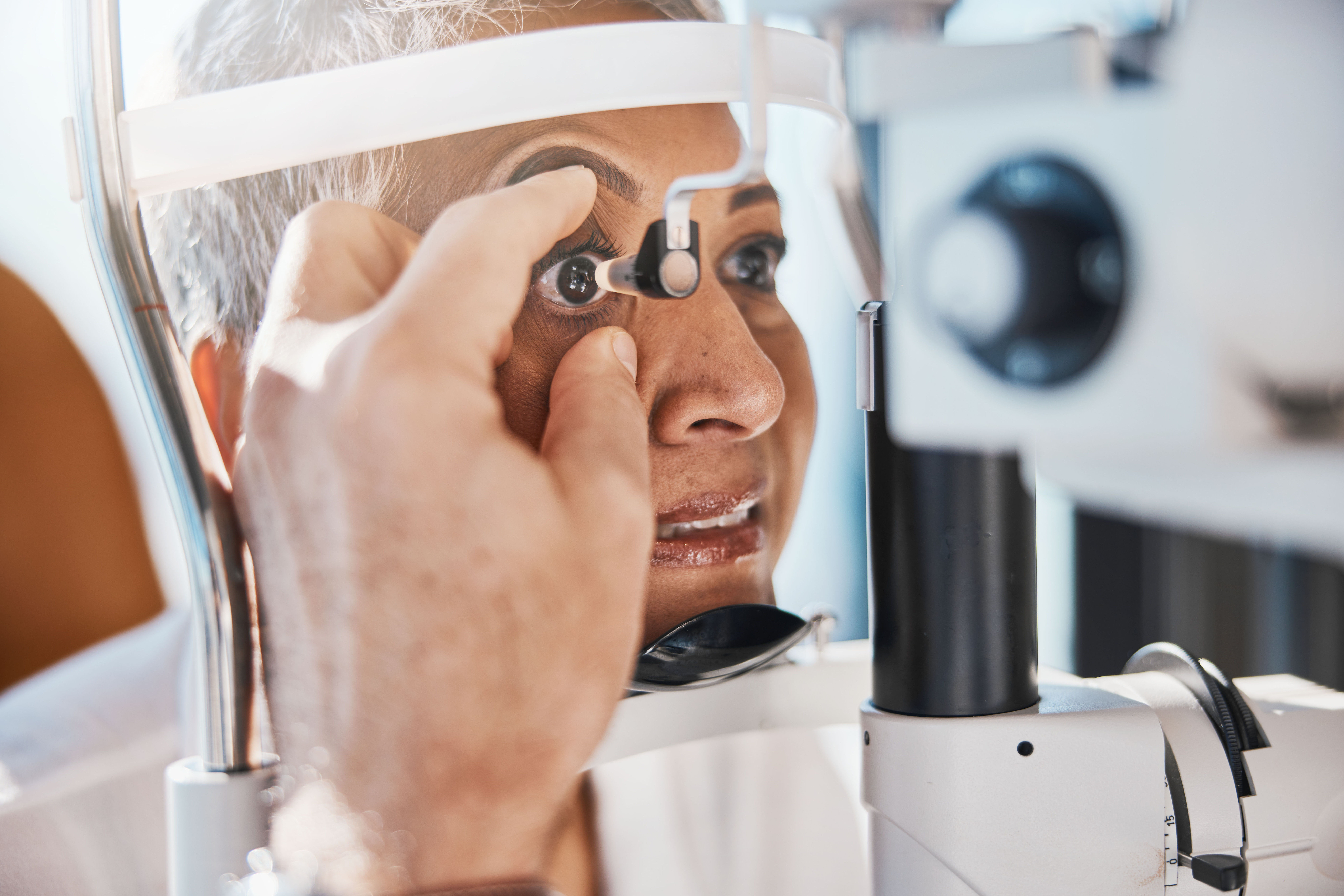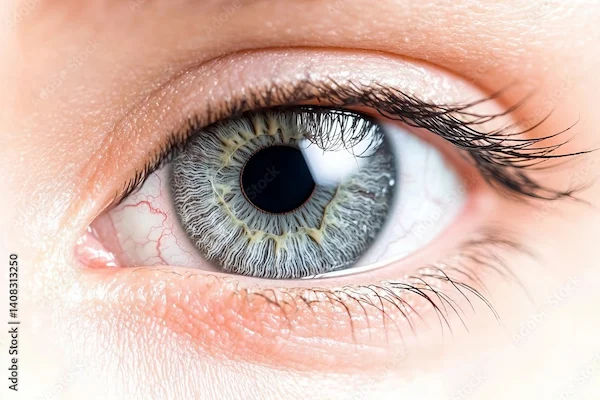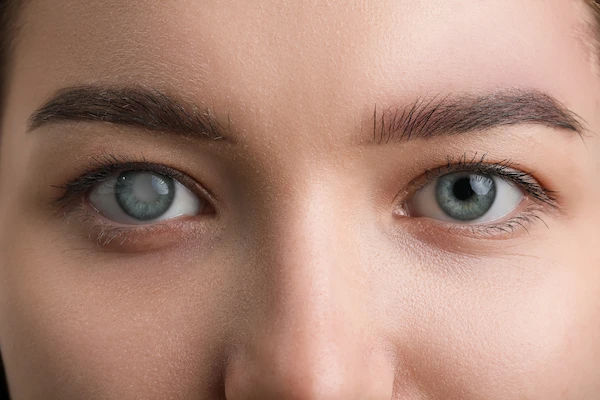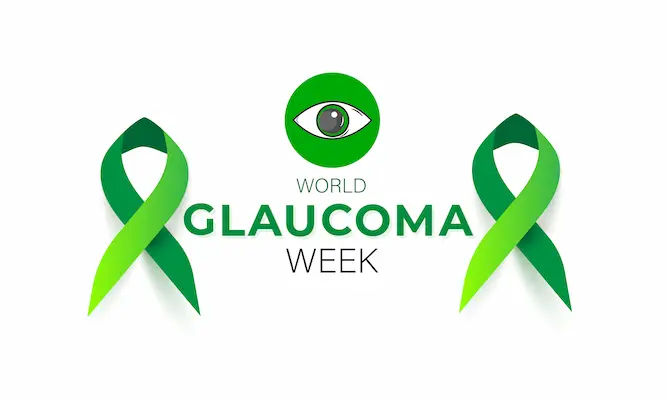Guide to World Glaucoma Week
Learn about World Glaucoma Week, the silent threat of glaucoma, risk factors, early detection, and steps to protect your vision. Stay informed and safeguard your eyesight.

Written by Dr. Dhankecha Mayank Dineshbhai
Reviewed by Dr. Rohinipriyanka Pondugula MBBS
Last updated on 23rd Sep, 2025

Introduction
Imagine a thief that enters silently, stealing your precious sight bit by bit, without any warning or pain. This thief is glaucoma, a leading cause of irreversible blindness worldwide. World Glaucoma Week serves as a crucial annual reminder to fight back against this stealthy disease. This global initiative, led by eye health professionals and communities, is dedicated to raising awareness about the importance of regular eye examinations. The stark reality is that millions of people have glaucoma and don't know it, as early stages often present no symptoms. This guide will walk you through everything you need to know about World Glaucoma Week, the nature of the disease itself, your personal risk factors, and the simple steps you can take to protect your vision for years to come. Your sight is priceless; let's learn how to safeguard it together.
What is World Glaucoma Week?
World Glaucoma Week is a joint global initiative between the World Glaucoma Association (WGA) and the World
Glaucoma Patient Association (WGPA). It's observed every year in March, with the primary goal of alerting everyone to the silent dangers of glaucoma. The week is not just about sharing information; it's a call to action. It encourages people from all walks of life to get their eyes tested, especially if they are over 40 or have a family history of the disease. Through community events, free screening camps, educational seminars, and media campaigns, the message is clear: early detection is the only way to prevent significant vision loss from glaucoma.
The Theme for 2024: Uniting for a Glaucoma-Free World
Each year, World Glaucoma Week adopts a theme to focus its efforts. The theme for 2024, "Uniting for a Glaucoma-Free World," emphasises the power of collective action. It underscores that defeating glaucoma requires a united front—from researchers developing new treatments, to doctors providing care, to patients adhering to their treatment, and to the general public getting informed and tested. This theme encourages community support systems and highlights that nobody should face a glaucoma diagnosis alone.
The Alarming Global Statistics of Glaucoma
The numbers behind glaucoma paint a concerning picture. According to the BrightFocus Foundation, over 80 million people worldwide are estimated to have glaucoma, and this number is expected to rise to over 111 million by 2040. Shockingly, it is estimated that 50% of those affected in developed countries are unaware they have the disease. In developing nations, this figure can be as high as 90%. These statistics highlight the critical "awareness gap" that World Glaucoma Week aims to bridge.
Understanding the Silent Thief of Sight: What is Glaucoma?
Glaucoma is not a single disease but a group of eye conditions that damage the optic nerve. This nerve is like a giant data cable that carries images from your eye to your brain. This damage is often, but not always, caused by an abnormally high pressure inside your eye (intraocular pressure or IOP). Over time, this increased pressure erodes the optic nerve tissue, leading to gradual and permanent vision loss. If left untreated, glaucoma can eventually lead to complete blindness.
How Does Glaucoma Damage Your Vision?
Think of your eye as a sink with a drain. A clear fluid called aqueous humor constantly flows through the eye to nourish it. In a healthy eye, the fluid drains out at the same rate it is produced, maintaining a stable pressure. In the most common type of glaucoma, the drainage canals become clogged, like a blocked sink drain. The fluid has nowhere to go, pressure builds up inside the eye, and this constant pressure pinches and damages the fragile optic nerve fibers. This damage first results in loss of peripheral vision, creating blind spots, and if the pressure remains uncontrolled, it leads to tunnel vision and eventually total blindness.
The Two Main Types of Glaucoma
1. Primary Open-Angle Glaucoma (The Silent Type)
This is the most prevalent form, accounting for at least 90% of all glaucoma cases. In open-angle glaucoma, the drainage canals appear to be open and functioning correctly, but they don't allow fluid to drain efficiently. The pressure build-up is very slow and painless, and vision loss is so gradual that it can go unnoticed until the optic nerve is severely damaged. This is why it's called the "silent thief of sight."
2. Angle-Closure Glaucoma (The Acute Type)
This less common form occurs when the iris (the colored part of the eye) bulges forward, suddenly blocking the drainage canal. This causes a rapid, dramatic, and painful increase in eye pressure. This is a true medical emergency and requires immediate treatment to prevent blindness. Symptoms of this acute glaucoma include severe eye pain, nausea, vomiting, headache, seeing halos around lights, and sudden blurred vision.
Are You at Risk? Key Glaucoma Risk Factors
While anyone can develop glaucoma, certain factors significantly increase your risk. Understanding these can help you and your eye doctor determine how frequently you need comprehensive exams.
Unchangeable Risk Factors (Age, Family History, Race)
- Age: Everyone over 60 is at increased risk, though it can occur at any age (even in infants, known as congenital glaucoma).
- Family History: Having a parent or sibling with glaucoma increases your risk by four to nine times, indicating a possible genetic link.
- Race: People of African, Asian, and Hispanic descent are at a higher risk. African Americans are 6-8 times more likely to develop glaucoma and tend to develop it at a younger age.
Changeable Risk Factors and Medical Conditions
- High Intraocular Pressure (IOP): Elevated eye pressure is the biggest risk factor, though not everyone with high pressure develops glaucoma (ocular hypertension), and some people with normal pressure can develop it (normal-tension glaucoma).
- Medical Conditions: Diabetes, heart disease, high blood pressure, and sickle cell anemia can increase risk.
- Eye Trauma or Conditions: Severe eye injuries, retinal detachments, and certain eye tumors can lead to glaucoma.
- Prolonged Corticosteroid Use: Long-term use of corticosteroid medications, especially eye drops, can increase risk.
Don't Wait for Symptoms: The Critical Importance of Early Detection
The most frightening aspect of open-angle glaucoma is its silent progression. You cannot feel high eye pressure, and the brain is remarkably good at compensating for early blind spots by filling in the gaps. By the time you notice a problem with your peripheral vision, the disease is often quite advanced. The damage is permanent. This is why waiting for symptoms is a dangerous game.
The Simple Tests That Can Save Your Sight
A comprehensive dilated eye exam is the only way to detect glaucoma early. It's painless and straightforward. During this exam, an ophthalmologist will:
- Measure your eye pressure (Tonometry): Using a quick puff of air or a gentle device that touches your eye (after numbing drops).
- Inspect your eye's drainage angle (Gonioscopy): Uses a special lens to see if the angle is open or closed.
- Examine your optic nerve for damage (Ophthalmoscopy): Your pupils are dilated with drops, allowing the doctor a clear view of the optic nerve's health and shape.
- Test your visual field (Perimetry): This maps your complete field of vision to spot any early blind spots.
If you are diagnosed with risk factors like high eye pressure or a family history, consulting a doctor online with Apollo24|7 can be a great first step to discuss your concerns and get a referral for a detailed in-person examination.
Consult an Ophthalmologist for the best advice
If Diagnosed: Modern Glaucoma Treatment and Management
While there is no cure for glaucoma, it can almost always be managed effectively. Early glaucoma treatment aims to lower eye pressure to a level that will prevent further damage to the optic nerve, thereby halting the progression of the disease and preserving existing vision.
Prescription Eye Drops: The First Line of Defence
Medicated eye drops are the most common initial treatment. They work either by reducing the amount of fluid the eye produces or by improving its outflow. It is crucial to use these drops exactly as prescribed, every day, even if you feel fine. Stopping treatment without consulting your doctor will allow pressure to rise again.
Laser Therapy and Surgical Options
If eye drops aren't sufficient, other procedures can help:
- Laser Trabeculoplasty: Helps improve drainage in open-angle glaucoma.
- Filtering Surgery (Trabeculectomy): Creates a new drainage channel for fluid.
- Drainage Tubes: A small implant is inserted to facilitate drainage.
These procedures are highly effective and can reduce dependence on eye drops.
Living Well with Glaucoma
A diagnosis is not a verdict of blindness. With consistent treatment and regular monitoring, most people will retain
useful vision for their lifetime. Adhering to your medication schedule, attending all follow-up appointments, and
maintaining a healthy lifestyle are key to successful management.
How You Can Participate in World Glaucoma Week
You don't need to be a doctor to make a difference during this awareness week.
Schedule Your Comprehensive Dilated Eye Exam
The most important action you can take is for yourself and your loved ones. If you're over 40, have a family history, or belong to a high-risk group, book an appointment with an ophthalmologist. If you need help finding a specialist, you can easily book a physical visit to a doctor with Apollo24|7 to get a referral and start your eye health journey.
Spread Awareness in Your Community
Talk to your family and friends about what you've learned. Share articles and official resources from organisations like the Glaucoma Research Foundation on social media. Encourage your workplace or community center to host a talk from an eye care professional. Your voice can encourage someone to get tested and save their sight.
Conclusion
World Glaucoma Week is more than just a date on the calendar; it's a lifeline for millions who are unknowingly losing their vision. This "silent thief of sight" can be stopped, but only through vigilance and proactive care. The power to prevent blindness lies in awareness and early action. Remember, the vision lost to glaucoma cannot be restored, but its progression can be prevented. Let this week be the catalyst that prompts you to prioritise your eye health. Schedule that eye exam you've been putting off, have that conversation with your family about their medical history, and commit to protecting your window to the world. Your sight is a gift—guard it fiercely.
Consult an Ophthalmologist for the best advice
Consult an Ophthalmologist for the best advice

Dr Rajesh Rastogi
Ophthalmologist
33 Years • MBBS, MS Ophthalmology
New Delhi
Rotary Diabetic Centre, New Delhi
Dr. Padmini S
Ophthalmologist
4 Years • MBBS,MS
Bengaluru
Apollo Medical Center, Marathahalli, Bengaluru
Dr. V.chittibabu
Ophthalmologist
30 Years • MBBS, MS
Vellore
Krupa Eye Clinic, Vellore

Dr L R Seth
Ophthalmologist
36 Years • MBBS, MS, DOMS
Delhi
Apollo Hospitals Indraprastha, Delhi
Dr. Akashdipta Saha
Ophthalmologist
4 Years • MBBS, MD(Ophthalmology), Fellowship in Retina & Vitreous
Delhi
AIIMS, Delhi
Consult an Ophthalmologist for the best advice

Dr Rajesh Rastogi
Ophthalmologist
33 Years • MBBS, MS Ophthalmology
New Delhi
Rotary Diabetic Centre, New Delhi
Dr. Padmini S
Ophthalmologist
4 Years • MBBS,MS
Bengaluru
Apollo Medical Center, Marathahalli, Bengaluru
Dr. V.chittibabu
Ophthalmologist
30 Years • MBBS, MS
Vellore
Krupa Eye Clinic, Vellore

Dr L R Seth
Ophthalmologist
36 Years • MBBS, MS, DOMS
Delhi
Apollo Hospitals Indraprastha, Delhi
Dr. Akashdipta Saha
Ophthalmologist
4 Years • MBBS, MD(Ophthalmology), Fellowship in Retina & Vitreous
Delhi
AIIMS, Delhi
More articles from Glaucoma
Frequently Asked Questions
1. What is the main goal of World Glaucoma Week?
The primary goal is to raise global awareness about glaucoma, emphasising the importance of early detection and regular eye examinations to prevent irreversible blindness.
2. Can you reverse vision loss from glaucoma?
No, any vision loss caused by glaucoma is permanent and cannot be reversed. This is why early detection and treatment are so critical—to preserve remaining vision.
3. How often should I get tested for glaucoma?
The American Academy of Ophthalmology recommends a comprehensive eye exam every 2-4 years for adults aged 40-54, every 1-3 years for adults aged 55-64, and every 1-2 years for adults aged 65 and older. If you have risk factors, your doctor may recommend more frequent exams.
4. Are glaucoma tests painful?
No, the tests are generally not painful. Tonometry (pressure test) may involve a quick puff of air or a gentle touch with a numbed eye. Dilation drops cause temporary light sensitivity and blurred vision for a few hours.
5. Is glaucoma hereditary?
Yes, family history is a significant risk factor. Having a close relative (parent or sibling) with glaucoma increases your risk substantially, making regular screenings essential.




